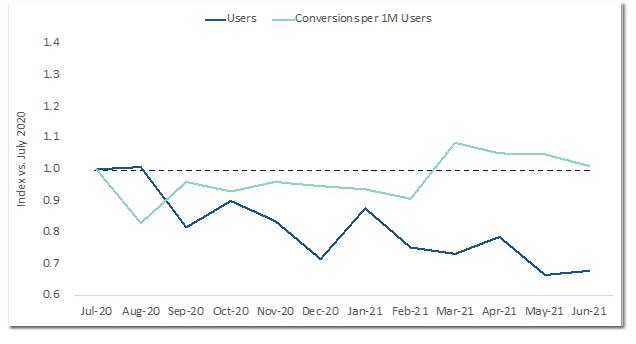Updated: January 19, 2022
Mather Economics will release its fourth quarter 2021 Benchmarking Reports by the end of the month.
These Benchmarking Reports contain over a year’s worth of subscriber data, reported weekly, for digital only and hybrid (print + digital) subscribers from over 300 newspapers. In the Q3 2021 Report, Mather predicts how print ad digital subscription will be distributed until 2027. Our findings suggest:
- Digital only subscriber should exceed their print (including all-access) counterparts at some point between 2023 and 2025.
- Raising rates on digital only subscribers will be critical to maintaining a robust revenue base.

For more information on how to receive these reports, connect with the pricing experts at info@mathereconomics.com.
Let us help you on your print to digital subscription journey.






